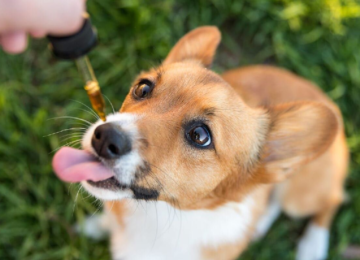Why is Asian Arowana Illegal?
You can keep Australian arowanas in an Arowana tank if you keep six to ten of them in a large aquarium. It is safer to keep them apart because most aquarists do not have access to these materials.
Because of its enormous size and exquisite coloring, the fish is kept as an unusual pet. The most widely used color is red, but other colors include gold, orange, blue, green, and silver. There is an uncommon albino variety and several that are multicolored. For more information read this article on fishtrivia
The Asian Arowana, often known as the dragon fish, is thought to resemble the Chinese dragon and can grow up to three feet in the wild.
It features two whiskers that stick out from its chin and huge scales that resemble coins.
Like the paper dragons that are a feature of a Chinese New Year’s procession, the fish undulates as it swims.
The fish, whose native habitats have all but disappeared, is thought to bring prosperity.
Asian Arowana Natural Habitat
Native to Southeast Asia, the Asian Arowana lives in blackwater rivers and slow-moving streams. It is a surface feeder that naturally consumes fish and insects.
The Asian Arowana’s color usually indicates where it is found on land. For instance, the most prevalent kinds are the green ones, which can be found in Vietnam, Sumatra, and Kalimantan, Indonesia, as well as in Myanmar, Cambodia, Malaysia, and Thailand.
The silver variant lives on Borneo Island, whereas the red-tailed golden is indigenous to northern Sumatra.
Why are Asian Carolina plants prohibited in several nations?
Because the Asian Arowana is an endangered species, international trading in it is strictly regulated and in some cases outright forbidden.
The fish was widely consumed as food in the areas where it was found until it was designated as endangered. Before the 20th century, fish was just a common dish and attracted little attention. It started to get noticed in the late 1960s, and by 1980, Asian society had adopted it as a symbol of riches.
The world community came together in the 1970s to save threatened plants and animals.
The Asian arowana’s relatively slow rate of reproduction, habitat degradation, and status as an apex predator led to its inclusion in the Convention on the International Trade in Endangered Species of Flora and Fauna (CITES) list in 1975.
In the natural habitat of the fish, there have been over 50% decreases. Because of overfishing to meet the demand for fish in the aquarium trade and the degradation of its natural habitats, the fish is now endangered.
Harvesters coerce wild Asian arowanas into releasing their fry by employing a variety of cruel techniques. Some harvesters use knives and spears to eliminate the mouth-brooding male and gather the fry, which it normally retains in its mouth for safety.
This Arowana’s natural habitats are always in danger due to mining, logging, agriculture, and the building of hydroelectric dams. Because of all these dangers, the Asian arowana needs to be protected.












